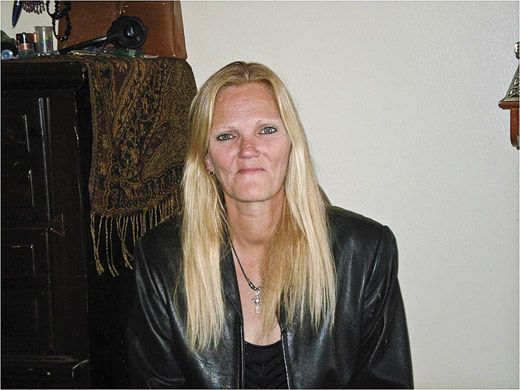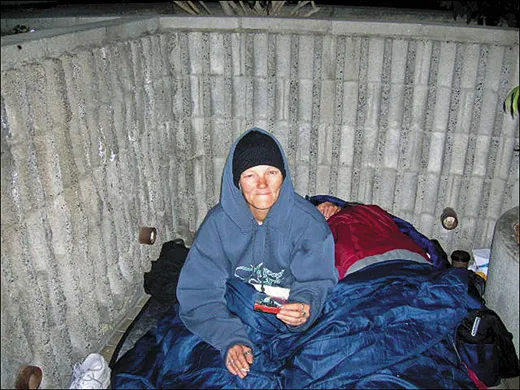Inside the Plan to Get 100,000 Homeless Off the Streets
A new campaign has enjoyed stunning success in lowering the number of chronically homeless in the United States
/https://tf-cmsv2-smithsonianmag-media.s3.amazonaws.com/filer/FOB-homeless-americans-631.jpg)
Homeless shelters became widespread during the 1980s, when an economic recession, the elimination of many single-room occupancy buildings and the closure of some mental institutions led to a homelessness epidemic. With strict curfews and spartan conditions, shelters were meant to be temporary. The logic was that people weren’t ready for permanent homes until their addictions and psychological problems were addressed. For some, this strategy made sense. But many avoided treatment and shuttled in and out of shelters.
“It wasn’t working,” says Eric Belsky, a Harvard University housing scholar. “What you needed to do was get people into housing, then provide them with care.” Known as “housing first,” this approach was pioneered in the 1990s by New York City psychologist Sam Tsemberis and later helped to nearly eradicate homelessness in Times Square.
Today even some temporary shelters feel more like home. Michael Bell, a Columbia University professor of architecture, helped guide the redesign of the Andrews House, a 146-unit renovated building that provides short-term housing in New York City. A re-envisioned, state-of-the-art homeless shelter, says Bell, “can go a long way toward producing a psychic level of comfort that would allow someone to open up and begin examining their life.”
When chronically homeless people are suddenly moved into their own apartments, many prefer at first to sleep on the floor. But within six months, most are so much better rested, nourished and dressed that workers from the nationwide 100,000 Homes Campaign have taken to snapping “before” and “after” photographs. “Something changes in their spirit,” says Rebecca Kanis, the initiative’s director. Before long, even those who had been homeless for decades may begin to reach out to estranged family members, seek mental health treatment and search for jobs.
A coalition of community organizations across the country, the 100,000 Homes Campaign aims to permanently house most of the country’s 110,000 or so chronically homeless by 2014. (All told there are about 640,000 homeless Americans, but most are without housing for weeks or months instead of years.) Since 2010, the campaign has placed more than 12,000 people.
Paradoxically, providing permanent housing for a homeless person turns out to be cheaper than many of the alternatives, costing an average of about $15,000 annually—thousands less than a year’s worth of shelter stays—and helping prevent expensive stops in prisons or emergency rooms. Better still, it’s a lasting solution: 85 percent of participants stay in their homes, rather than returning to the street.
Planning Your Next Trip?
Explore great travel deals
Smithsonian magazine participates in affiliate link advertising programs. If you purchase an item through these links, we receive a commission.

